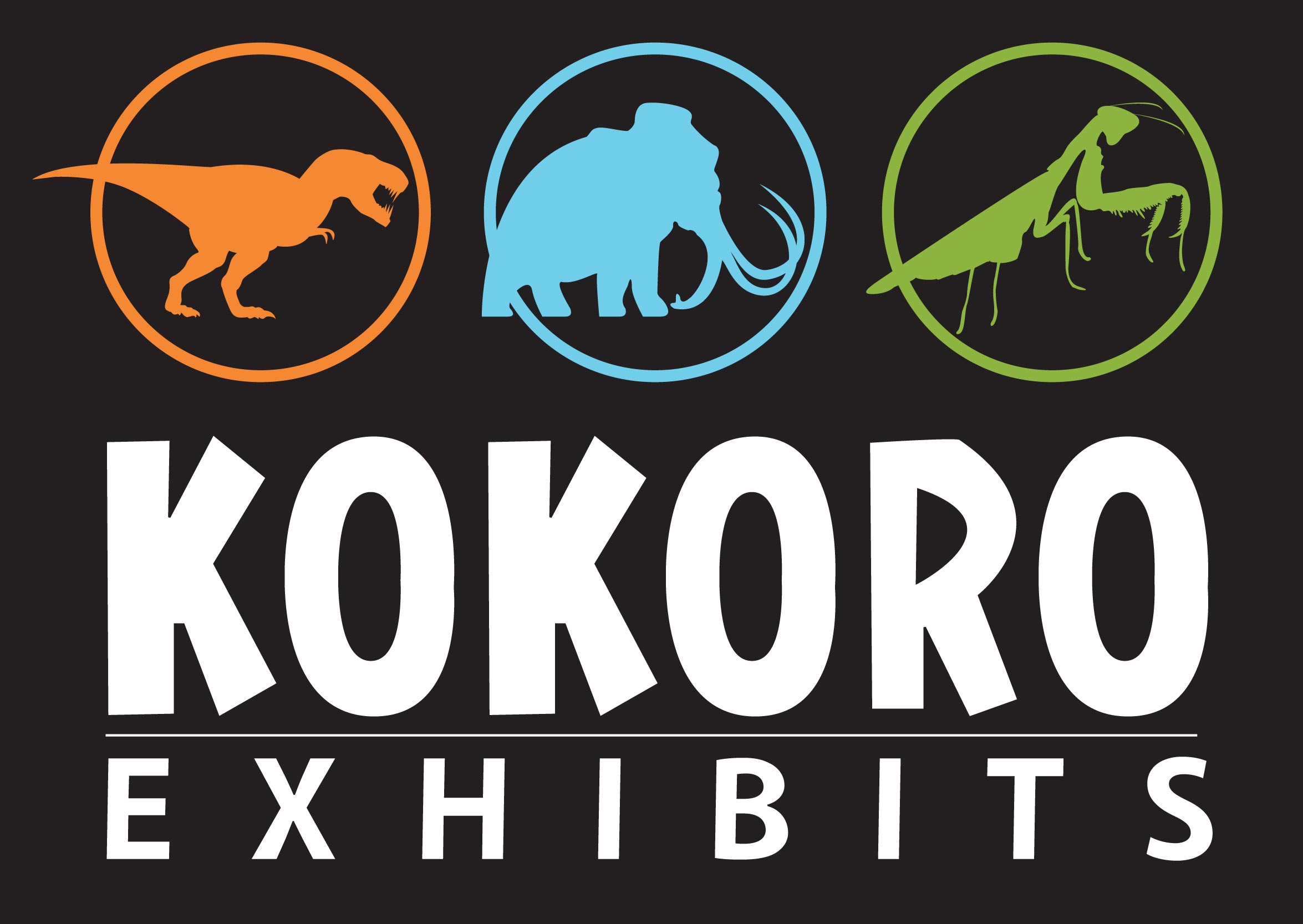| Stomping, roaring, robotic dinosaurs come alive this summer at the Virginia Living Museum with an all-new exciting exhibit of land, sea and air creatures from Kokoro, the inventor of robotic dinosaurs. Tremble at a growling T-Rex, the lizard king. Then watch a Corythosaurus (helmeted lizard) mother tend her brood. There’s even a nest full of eggs ready to hatch. See old favorites: a Triceratops mother (the biggest of the horn-faced dinosaurs) with her young, plus the armored Stegosaurus. |
True dinosaurs lived only on land. They didn’t fly (like a pterosaur), and they didn’t swim (like a plesiosaur). A true dino might have walked into the water to find food, but its feet stayed on the ground, even if the ground was soaking wet! Living beside the dinosaurs were animals that did fly or swim. This exhibit introduces three.
See two early marine reptiles: the giant and violent Mosasaurus and the long-necked Elasmosaurus. Soaring above is the bird-like Pteranodon that glided through the Cretaceous world.
Kokoro’s dinosaur exhibits are meant to entertain and educate, to fulfill the fascination children have as they shudder with excitement at the majesty of these creatures. Kokoro dinosaurs don’t just look like dinosaurs, they behave like dinosaurs. Motion is amazingly fluid and lifelike and beautifully complex. Walking, feeding, roaring, fighting, hatching and caring for their young — Kokoro models act and interact with captivating realism. These half- to full-size replicas turn the clock back millions of years to recreate the whole Cretaceous world.
Plus, this summer only, see a rare live albino alligator on loan from the Alligator Farm Zoological Park in St. Augustine, Florida. This rare and mystical creature found in the Louisiana bayou will captivate your imagination. Legend has it that those who gaze into the eyes of a white alligator will receive good fortune. There are only 30 known true albino American alligators out of five million American alligators worldwide.
Many of the animals permanently on exhibit at the museum are kin to animals that lived millions of years ago. Ancestors of the paddlefish and gar swam in the same time period as the T-Rex, ancestors of the sharks swam in the same oceans as the Mosasaurus and Eloasmosaurus, and the tree frog’s ancestors would have seen the Pteranodon in the air.
While the robotic dinosaurs only look life-like, visitors can touch the actual footprints of Kayentapus, a dinosaur that lived in the foothills of Virginia some 200 million years ago, and see scientifically authentic replicas of an adult dinosaur similar to Kayentapus. While dinosaurs left footprints preserved in rocks in central and northern Virginia, no dinosaur bones have been found in the state.
Daily live animal programs and fulldome programs in the digital planetarium theater continue the dinosaur/reptile theme all summer.
Virginia’s natural heritage comes alive at the Virginia Living Museum. The museum introduces visitors to more than 250 living species native to Virginia through exhibits, discovery centers and interactive hands-on exhibits. The exhibits bring people in contact with more habitats, wildlife and plant species than would be encountered in a lifetime of outdoor adventures in Virginia.
Experience a cool mountain cove and a steamy cypress swamp. Explore the underwater world of the Chesapeake Bay and the underground realm of a limestone cave. Delight in the antics of river otters, observe beavers hard at work and absorb the serenity of coastal birds. See spectacular views of the sun from the observatory and voyage across the galaxies in a state-of-the-art planetarium theater. Find out how to build, garden and live green in the Living Green House and Conservation Garden. Come face to face with a loggerhead turtle, take in the majestic beauty of a bald eagle or observe the red wolf, North America’s most endangered mammal.
